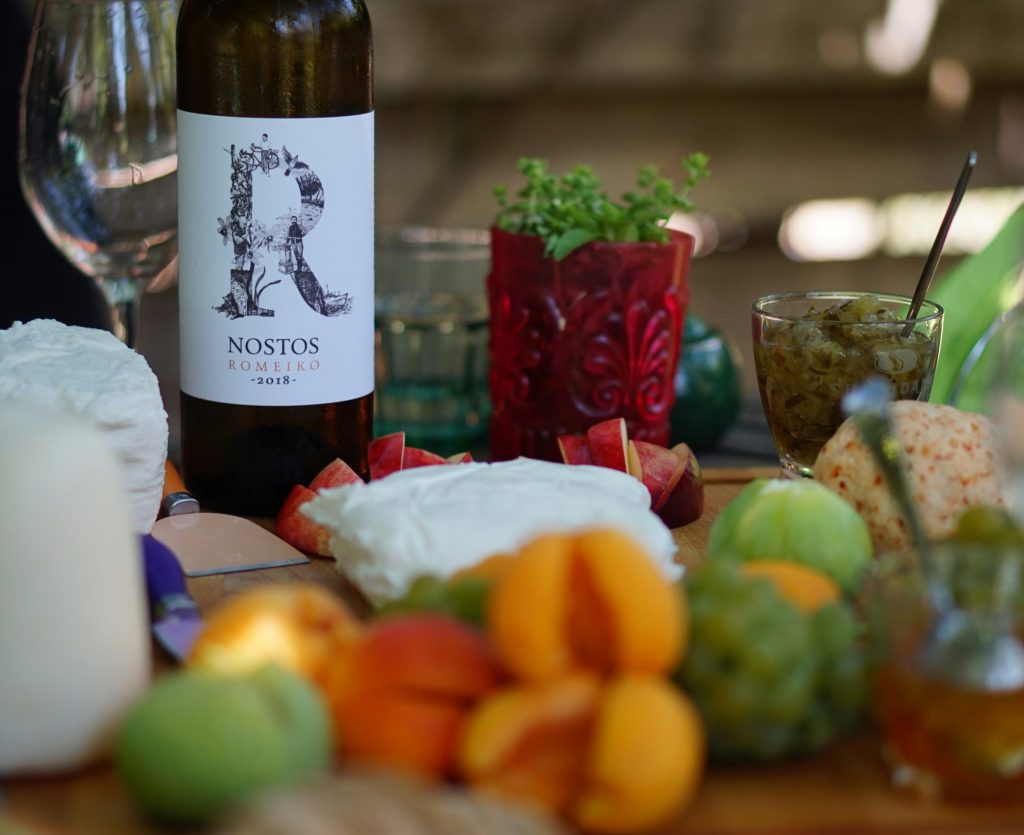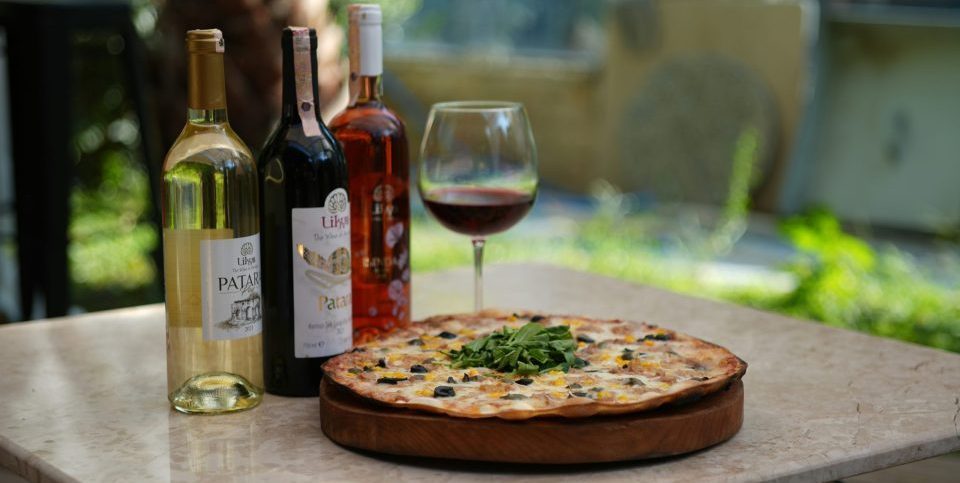Photo by Emre inan on Unsplash
Did you know that food enhances the flavor of wine, and not the other way around? In fact, the wine you choose to drink with your meal can play a significant role in creating an experience that leaves a lasting impression… either good or bad! Learn about some tried and tested true pairings and why they work so well. You’ll never look at a wine list the same way again.
Carnivorous Pairings
Let’s start with meat because, let’s be honest, it is often the star of the show! Here’s an easy general rule to remember: Whites with whites and reds with reds. That’s right! Pair your favorite white wine with fish, chicken, and pork; and your favorite red with beef, lamb, and wild game.

If you want to get more technical, pair your lighter wines with leaner meats and your heavier wines with those with more marble or fat. For example, in the case of fish or chicken, if you’re grilling it with a nice light seasoning, you’ll want to opt for the lighter whites like Sauvignon Blanc, Pinot Grigio, or even a sparkling white. If serving it with a butter or cream sauce, choose a medium to full-bodied white like Chardonnay, Viognier, or Chenin Blanc.
Pair your lighter wines with leaner meats and your heavier wines with those with more marble.
In the case of lamb and wild game, pair it with a lighter, fruity red like Pinot Noir, Grenache, or Beaujolais. For a nice juicy steak or hamburger, opt for a full-bodied red like Cabernet Sauvignon, Syrah, or Malbec.
PRO TIP: Pork is so versatile that it can be paired with both whites and reds! To decide on which, think about the flavors you’re trying to bring out in the meat. White wines tend to bring out the sweet, and reds bring out the savory and smoky.
Veggies and Cheese
Yes, you’re right. It’s not fair to put these two in the same category, but the rules are pretty straightforward here.

Veggies generally pair well with dry, light whites. If you add butter, you can make the leap to heavier whites. If you roast them with some balsamic vinegar, you can make the leap to light reds. For dishes with tomato sauce (think spaghetti! pizza!), try a more acidic red like Zinfandel, Barbera, or Chianti.
What grows together goes together.
For cheese…. Well, you can take more artistic license here because cheese and wine were made for each other! But generally, consider the flavors of the cheese and the wine when selecting a pairing. Mild tasting, younger cheeses pair best with lighter, fruitier, more acidic wines. More aged, intensely flavored cheeses pair best with heavier, more complex wines.
Photo by Makis Panagopoulos on Unsplash
The possibilities are endless when choosing a combination that will delight your senses, so just go for what sounds good to you!
PRO TIP: A catchy mantra for pairing veggies or cheese with wine is: “What grows together goes together.” Pick a wine with grapes that grow in the same climate as your veggies, or same region as your cheeses, and you can’t go wrong.
Final Thoughts and Call to Action!
There you have it – a few basic guidelines to keep in mind when deciding on the wine to pair with your dish or meal. HOWEVER, be empowered to experiment! That’s the beauty of food and wine pairing: it’s an art and a science! While there are traditional pairings that tend to work for most people’s palates, the fun is in exploring and discovering what awakens yours. Cheers!
What is your favorite food and wine pairing? Share in the comments below!




